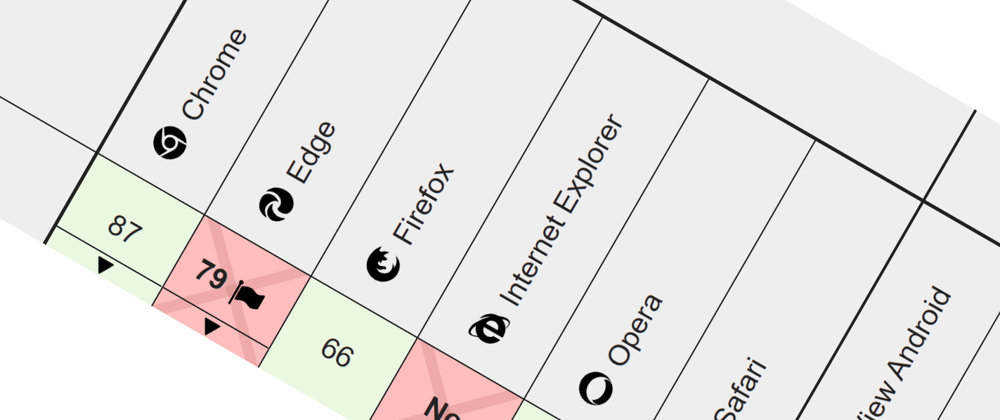If you regularly read news about upcoming CSS features, you've probably heard of CSS logical properties. But if you haven't, here's the long story short: instead of the usual directions top-to-bottom and left-to-right, we define two directions: block (which normally replaces the "vertical" direction) and inline (which is normally equivalent to "horizontal"), vaguely reminiscent of the display property.
Why? Because we don't always render content in the usual top-to-bottom, then left-to-right way! This is pretty common if you live in a culture that writes from right to left, like Arabic, or even vertically, like Japanese. If that's your case, you've probably had to deal with the Western-centric CSS properties that give a little too much for granted.
So, from now on, we should use padding-inline-start instead of padding-left. It is more verbose, but the point is that if we have to change the language of our application, i.e. from English to Arabic, we won't have to redefine our paddings because the padding we've meant to be before the text (i.e., on the left with English) will still be before the text and not after.
For example, we won't do this anymore:
p {
padding-left: 1em;
}
[dir="rtl"] p, p[dir="rtl"] {
padding-left: initial;
padding-right: 1em;
}
but rather this:
p {
padding-inline-start: 1em;
}
So, in the bigger picture, logical properties allow us to be less verbose! Also we don't have to set the opposite value to a reset value that could be the wrong one.
If you were wondering, it's the
writing-modeproperty that affects the logical axes. Be sure to use the new values, and not the old ones from the Internet Explorer era.
And another nice thing that's been available in the latest Chrome 89 is the ability to set the initial and final values of a property at the same time using a shorthand. Remember when we used to set the left and right margins independently, because we didn't want to touch the top and bottom ones using just margin?
p {
margin-left: 1em;
margin-right: 2em;
}
Now we can do that in just a line:
p {
margin-inline: 1em 2em;
}
Isn't this awesome?
Other properties that support logical variants:
-
border(together withborder-width,border-styleandborder-color); -
border-radius(which is extra-awesome since we haveborder-end-end-radiusinstead of the longerborder-bottom-right-radius); -
floatandclear(only for the valuesinline-startinstead ofleftandinline-endinstead ofright); -
heightandwidth(and all their variants, e.g.max-width) becomeblock-sizeandinline-size, respectively; -
inset(a shorthand property that should replace the oldtop,right,bottomandleft); -
overflow(as inoverflow-inline/blockinstead ofoverflow-x/y); -
text-align(with the valuesstartinstead ofleftandendinstead ofright); - other less known properties line
caption-sideandoverscroll-behavior.
The only thing left behing is that we don't have a shorthand for setting all four sides of properties like margin or border-width all at once and logically. This syntax has been proposed:
h1 {
margin: logical 2em 1em;
}
but this is yet to be finalized (let alone implemented).







Top comments (1)
relevant discussion can be found here: github.com/w3c/csswg-drafts/issues...